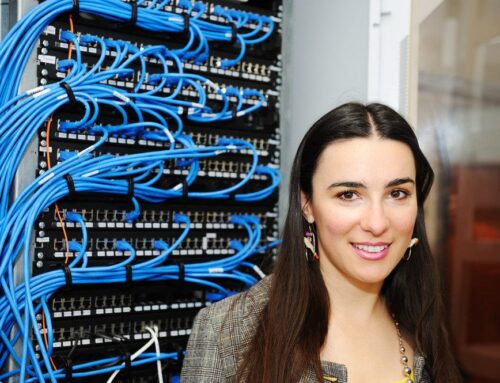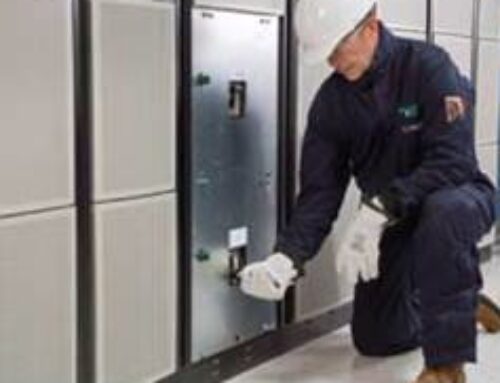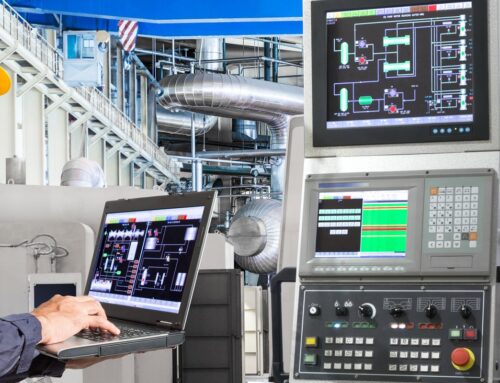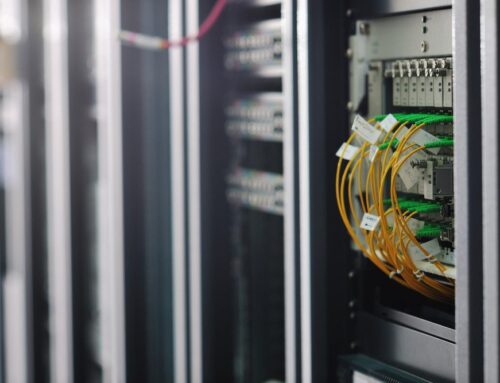For two digital seconds, it seemed the cloud would guide the data storage climate, but MDCs are poised to enhance and even replace it. Edge computing, often called “fog computing” has already cleared a space for itself. By processing information near the data source, it streamlines traffic between IoT devices while offering instant analytics. This shortens the route between center and cloud, but the concept has one major flaw: it assumes that the cloud is the future of data storage.
Speed of Light
Corporate networks are considerably strained because they need more speed than their technology can provide. Bandwidth is being clogged up by multimedia, back-up services, and internet resources. Laser IR technology was supposed to remove the burden, but its value varies between service providers. Second-generation products that achieve up to a gigabit Ethernet are popular among internet service providers and telecom companies, but network speeds are still limited by the laws of science.
Edge Computing
Edge computing is a more practical solution for the simple reason that it doesn’t ask Mother Nature to rewrite her rules.
By adding small data centers to networks, it becomes far easier to cut distance out of the equation. It’s such an obvious solution, you have to wonder why it took so long to emerge. Data center infrastructure will need to evolve to suit new latencies in exchange for near-real-time communication. Since service delivery is less demanding on hardware, fog computing should also ultimately become cheaper to run than its alternatives.
If fog computing keeps up with rising data volumes through minimized latency and increased CPU units, it might become the new normal. The cloud still offers superior agility, and wide area networks still have to act as a foundation for edge. Whether the cloud will be entirely replaced remains to be seen.
LDP Associate Inc. keeps up with the newest and latest innovations regarding data storage. Contact them today to get started on your data center.






